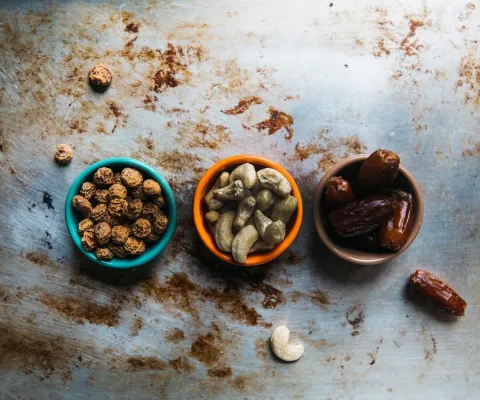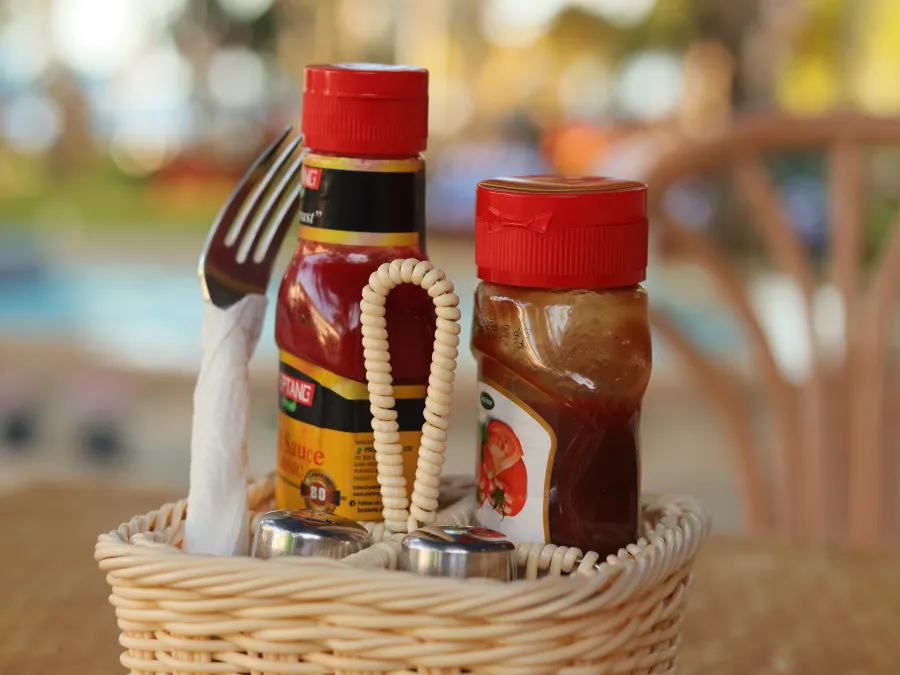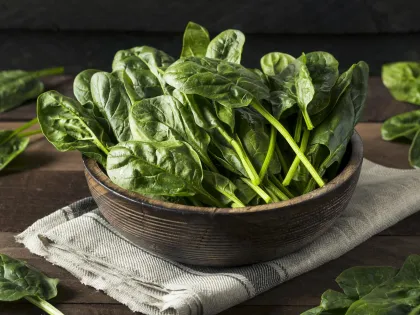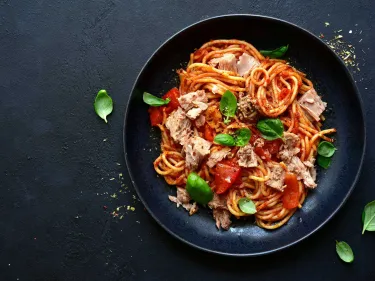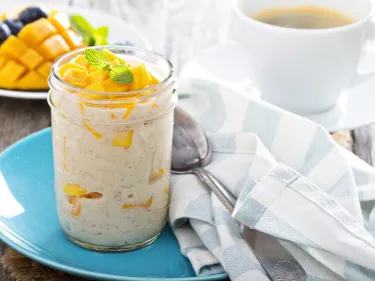Sauces, condiments and seasonings add flavour, spice, colour, and interest to food. They are defined as any food items not normally consumed as a food by itself, that are added to enhance flavour. For example, a marinade added to a curry or a drizzle of honey to your morning weet-bix. Whilst they pack a punch in terms of taste, what else do they contain and how does this contribute to your health?
Breaking it down
Our recent study looked at the sauce, condiment and seasoning intakes of 12,153 Australians over a 24-hour period. We found that on average people consumed sauces, condiments or seasonings two or more times across the day. The ones most commonly consumed were sugar, honey, butter or margarine, soy sauce, and tomato sauce, and these were mainly eaten at main meals (i.e., breakfast, lunch, or dinner).
Overall, we found that sauces, condiments and seasonings contributed small amounts to total daily energy intake (about 3.8% of daily kilojoules). However, they contributed on average 5.3% of total fat intake, 3.6% of saturated fat intake, 2.3% of added sugars, and 3% of sodium (salt) intakes.
Higher intakes of energy-dense, nutrient poor foods (aka junk foods), including those higher in saturated fat, added sugar and salt, increases your risk of high blood pressure, high blood sugars, weight gain, and diet-related chronic diseases like heart disease and type 2 diabetes. By choosing sauces, condiments and seasonings lower in fat, sugar and salt, you can keep the flavour and stay on a healthy eating track.
The good news is, we also found that sauces, condiments and seasonings made some positive contributions to intakes of beneficial nutrients like vitamin E (3.5%), which has antioxidant properties that help to reduce your risk of heart disease.
Choosing healthy versions of sauces, condiments and seasonings:
Choose sauces, condiments and seasonings that have the lowest content of sodium, added sugar and saturated fat:
- Look for foods that have less than 3g per 100g of total fat, and less than 1.5 g per 100g of saturated fat. Butter, margarine and oils are naturally high in fats, aim to choose options that are higher in unsaturated than saturated fats, and think about how much and how often you eat these foods.
- Look for lower salt and/or no added salt alternatives. Opting for no added salt alternatives or a lower salt option is a great way to lower sodium intakes and often has limited influence on the taste of a food. Aim for < 120 mg per 100g.
- Look for lower sugar and/or no added sugar alternatives: Aim for < 5mg of sugar per 100g or sauces with no added sugar. Sauces and spreads such as honey and those that are made from fruits (e.g. tomato sauce, jams) will have a higher sugar content. Look at the ingredients list for ones where the fruit makes up the majority of the contents, and sugar is further down the list. Also think about how much and how often you eat these foods.
Use our Quick guide to decoding labels to help you choose. Print it out to take to the shops or save a copy on your phone
Make your own!
Whether it be some spices from the garden or a quick marinade – we have got you covered. Making your own sauces, condiments and seasonings can be cheaper than buying them from the supermarket. Many vegetables, fruits, herbs and spices can be combined to add interest and different flavours to meals, without the need to add sugar and salt.
Check out our Healthy, Easy Recipes:
The bottom line
Sauces, condiments and seasonings can be a tasty addition to boost the flavour and nutrients in what you eat. Depending on what types of these foods you eat, how much and how often, they can have either a positive or negative impact on your kilojoule and nutrient intakes. Be mindful of which sauces, condiments and seasonings you eat, and use our NMNT resources to help you make healthier choices.
